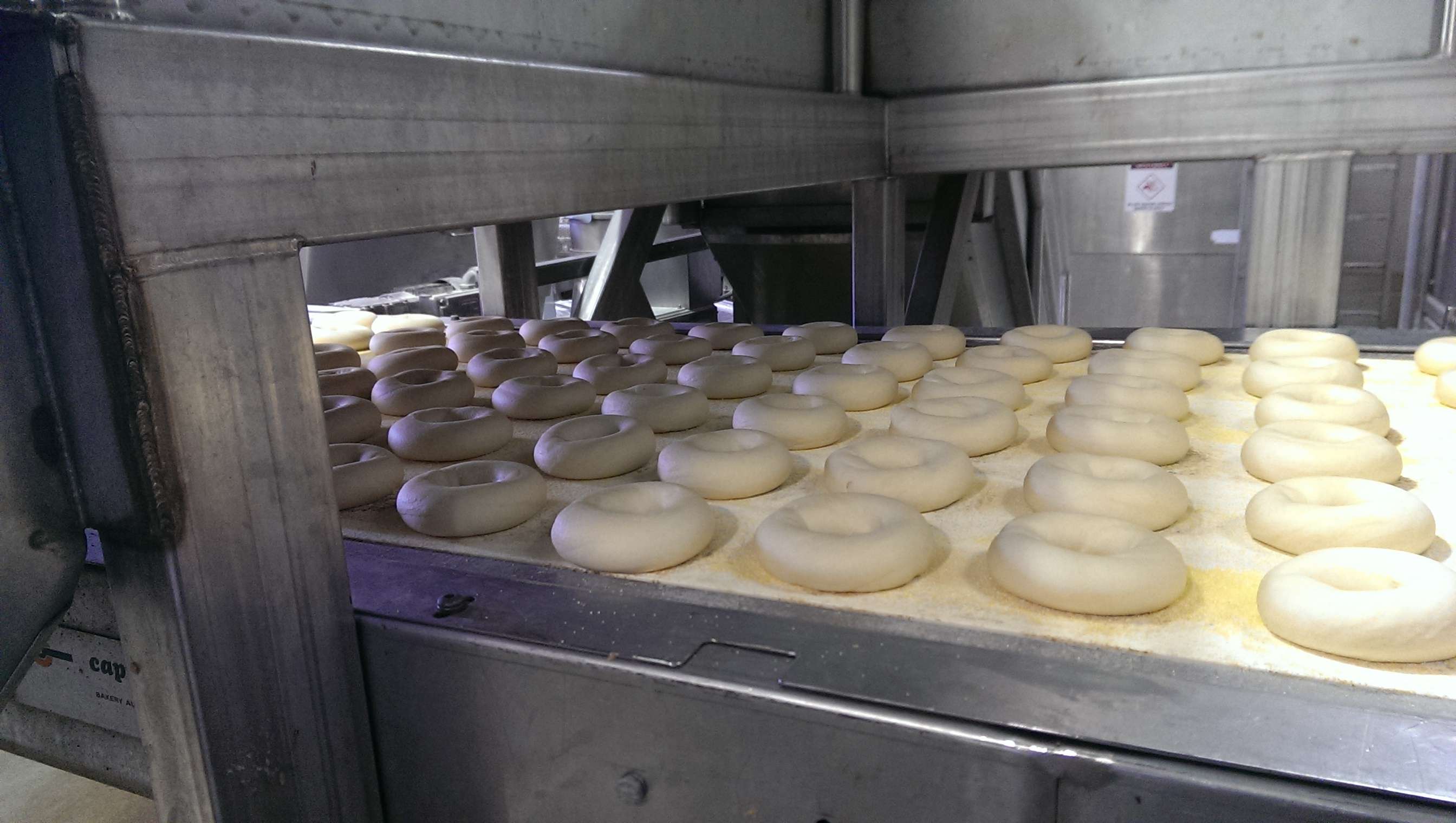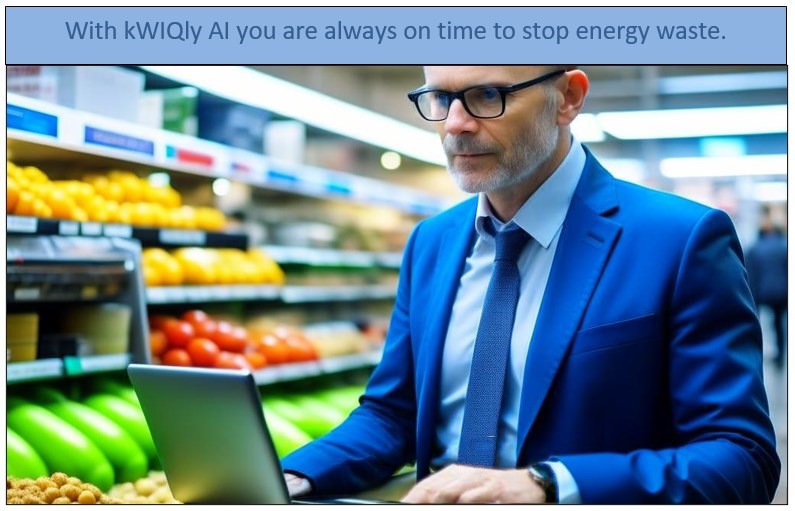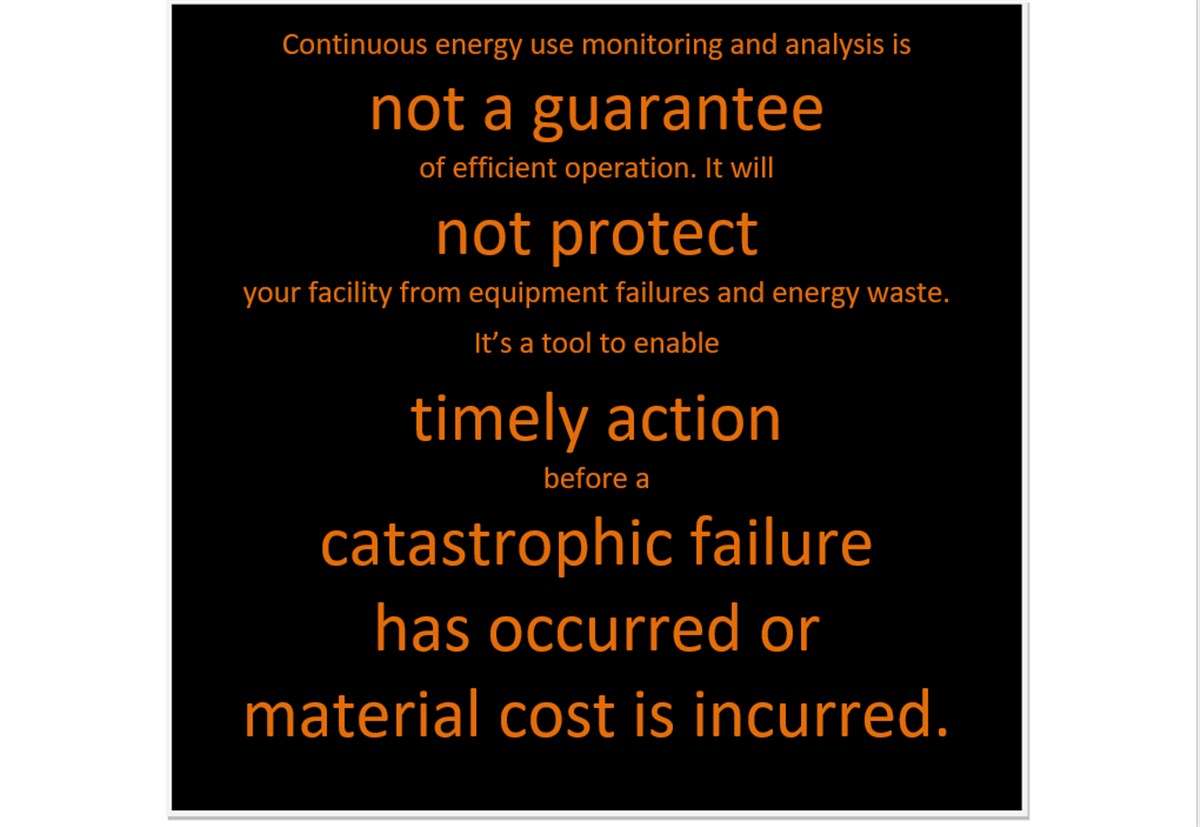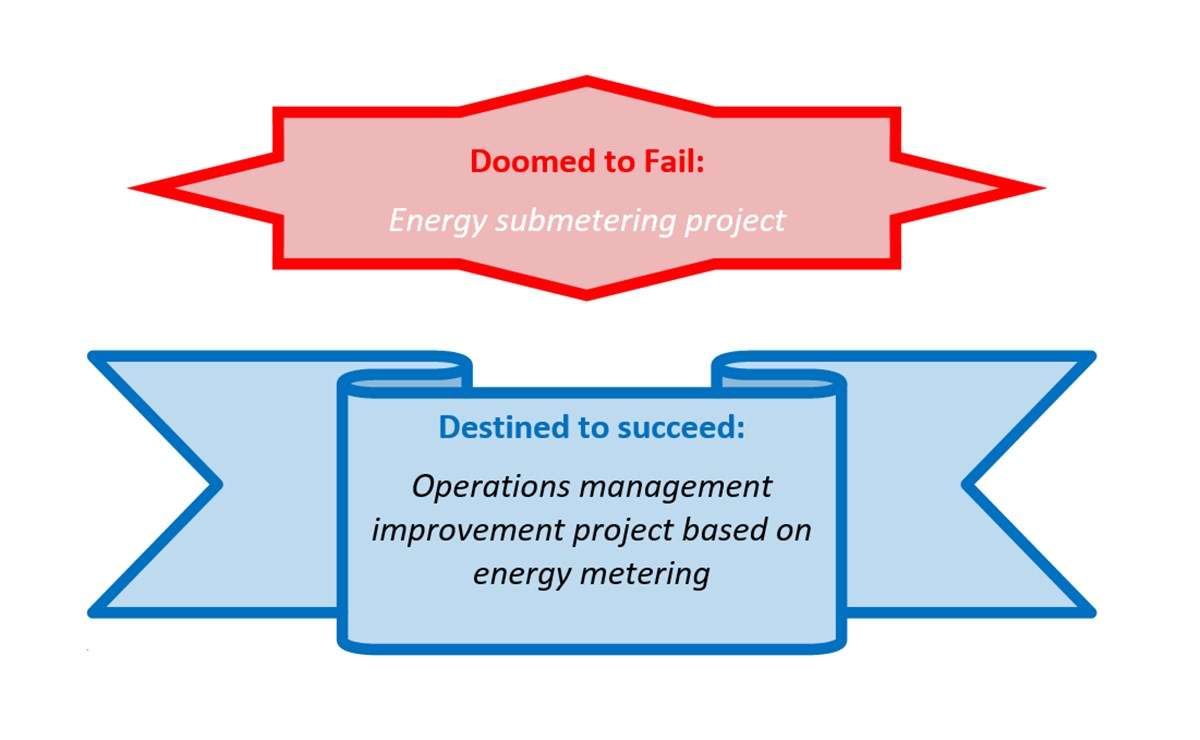Simple energy metrics can be useless or worse
Our client, an industrial bakery, monitored natural gas burned in the oven in m3 per kg of shipped bread. A fair metric, right? Just read the meter, take production report, divide consumption by production – done. They have got nowhere with this metric when it came to assessing if oven’s efficiency was off: average gas consumption varied by 30% from month to month. How demotivating would that be for efficiency analysis?
Normalized metric identified cause of efficiency loss
To find out if oven efficiency was degrading we performed a regression analysis of gas usage vs production vs ambient temperature. This analysis separated “production” and “non-production” parts of gas usage. Now the “production” part of the metric depended on production efficiency only. It came out that capacity utilization and weather were the cause of efficiency variations: oven was burning gas 24/7, while not always baking bread. Also, oven used outside air for combustion with no preheating, therefore gas usage depended on outside temperature. Operators could not control either of these factors, so nobody was concerned with consumption of gas. With new metric operators could quickly notice if something went wrong and take a corrective action before significant amount of natural gas was wasted.
Enforcing wrong efficiency target may cause loss of quality
New metric has not eliminated all risks. If management were to use volume of gas burned per kg of shipped product, then to meet efficiency target employees would be motivated to accept sub-standard products in order to reduce waste. Quality of shipped product may suffer. We suggested to use amount of dough as a denominator instead of amount of shipped products to reduce the risk of quality loss and monitor gas usage effectively.
Accurate monitoring opens doors to more efficiency projects
Every good solution solves more problems, than it was designed for. In this case an added bonus was that regression analysis allowed to separate production and non-production oven loads, thus opening a door to energy saving measures in oven insulation, making lighter conveyor belt and lots of other. The key benefit? These innovations can be accounted for separately to allow for better investment decisions.







Leave A Comment